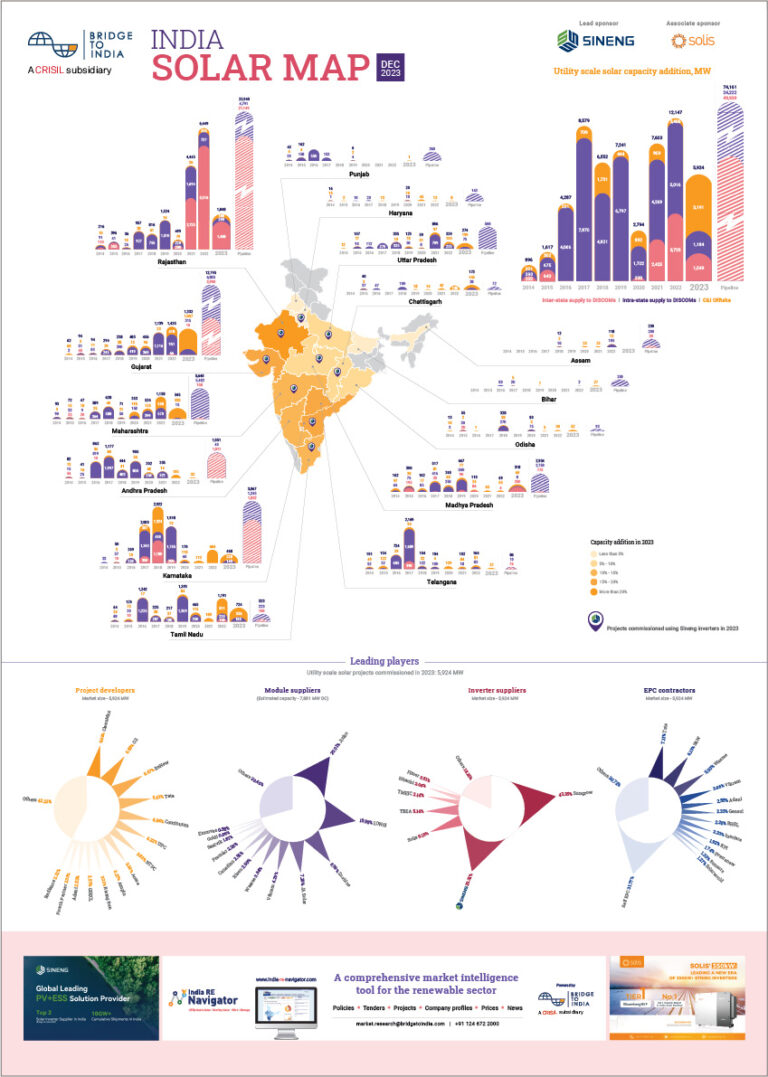Bid submission date for SECI’s 3 GW manufacturing linked tender has been extended again due to lack of responses. We understand that SECI has received no responses so far and it looks increasingly likely that this tender will be cancelled like its 10 GW predecessor. That pins all manufacturing hopes on the new PSU, KUSUM and SRISTI schemes. But we are not hopeful that either of these initiatives would have a more positive ending.
- Despite multiple initiatives, there has been only one significant manufacturing investment (Adani) in over 5 years;
- The manufacturing policy has been compromised by focus on cheaper power generation, poor implementation and lack of long-term planning;
- Unless there is some quick progress, the government should urgently rethink the policy;
Considering the huge goodwill spent by this government in support for domestic solar manufacturing and its MAKE IN INDIA policy, the failure is troubling. Notably, there has been no major investment in the sector since Adani’s 1.2 GW cell and module line becoming operational in 2016. Despite safeguard duty imposition in July 2018, India remains reliant on imports for more than 80% of its requirement. Local manufacturers, mostly small-scale with obsolete technologies, remain uncompetitive. Most of them are sitting idle and incurring heavy losses. Leading international module manufacturers with multi-GW scale capacities (Jinko Solar, Trina, JA, LONGi) have, over the years, examined viability of local manufacturing and decided to stay away.
The reasons for poor progress are not hard to understand. Notwithstanding an attractive domestic market, odds are stacked up against manufacturing because of red tape, high costs and poor infrastructure. Government support could make the difference but has been blighted by confused priorities between manufacturing and cheaper power generation as well as poor implementation. In 2014, the government rejected anti-dumping duty deeming it a risk to generation capacity prospects. And it blinked again in 2018, when safeguard duty was imposed for only 2 years and at a much lower level than recommended by the Ministry of Commerce.
Table: Manufacturing initiatives in the solar sector

Source: BRIDGE TO INDIA research
As this table shows, the bleak situation has forced the Indian government to come out with ever more radical ideas in the hope that something will stick. In the process, the government has ended up creating an environment of confusion and risk for the entire sector. It is time for an urgent rethink on this subject and perhaps, a retreat if things don’t improve soon.












